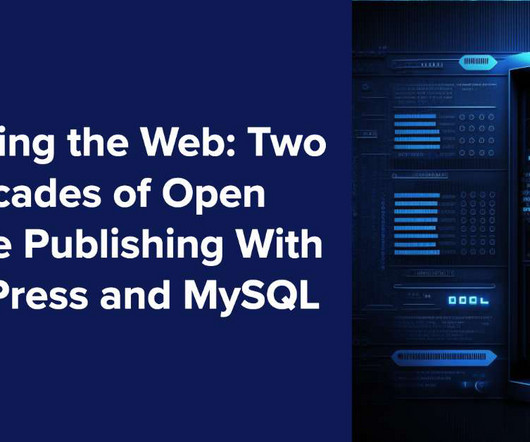Powering the Web: Two Decades of Open Source Publishing With WordPress and MySQL
Percona
JUNE 2, 2023
While not the first open source content management system (CMS), WordPress caught on like nothing before and helped spread open source to millions. Then you might need to delve into MySQL tuning and replicas. With a little tuning, though, MySQL could hold its own. No proprietary operating system or database required.












Let's personalize your content